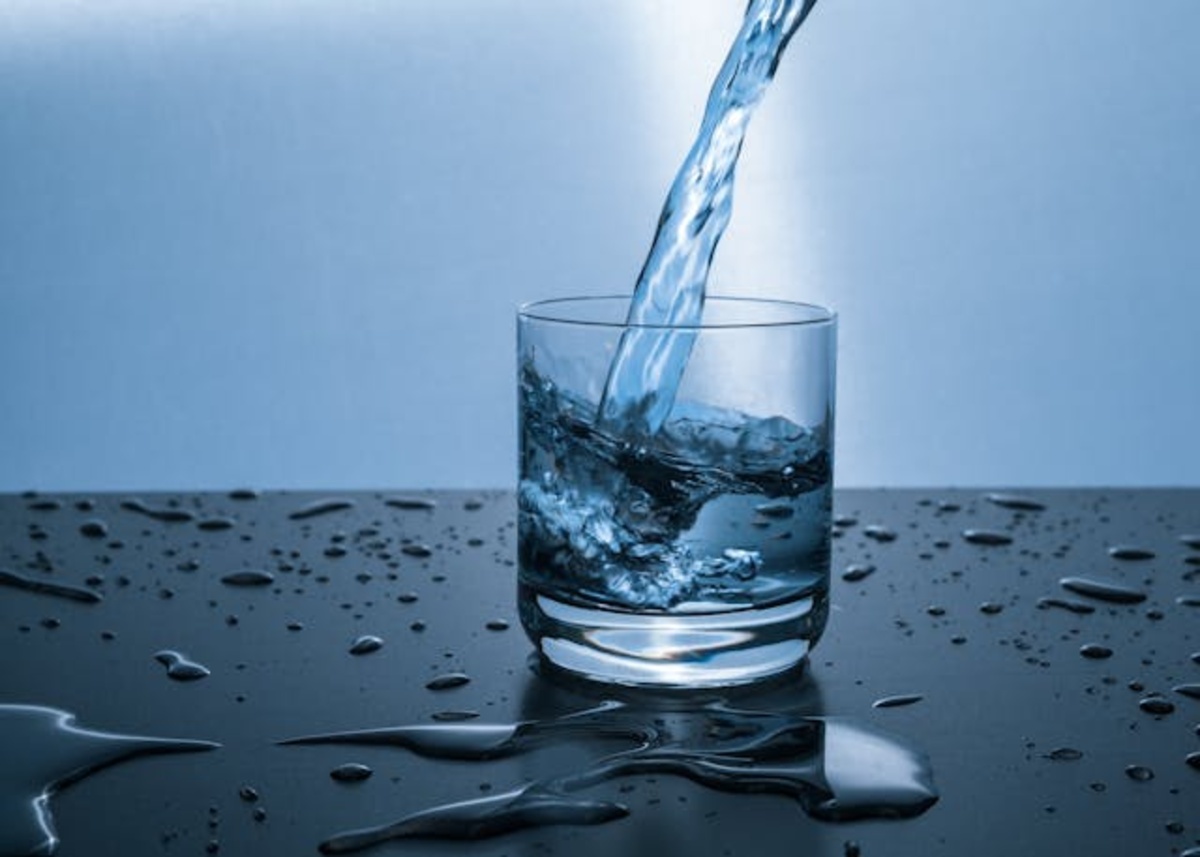Blog
Manual vs. Electric Water Transfer Pumps: Which One is Best for Emergency Situations?
In times of emergency, access to clean water can quickly become a critical concern, especially when power outages disrupt essential infrastructure. Manual water transfer pumps are often the most reliable choice for emergencies because they operate without electricity and can provide water under any conditions. Electric pumps can quickly move large volumes of water, but they depend on a stable power source, which may not always be available during disasters.
Choosing between manual and electric water transfer pumps depends on specific needs, as well as the availability of power and the urgency of water access. For anyone preparing for emergencies or off-grid situations, understanding these differences is essential for making an informed decision.

Photo by Pixabay
Key Takeaways
Manual pumps work during power outages and offer high stability.
Electric pumps are faster but require a dependable power source.
Choosing the best pump depends on emergency scenarios and individual needs.
Manual vs. Electric Water Transfer Pumps in Emergency Situations
When access to water is critical during emergencies, choosing between manual and electric water transfer pumps has real consequences for Stability and performance. The features, strengths, and potential drawbacks of each type can make a significant impact in scenarios such as power outages, natural disasters, or when infrastructure is compromised.
Key Differences Between Manual and Electric Pumps
Manual pumps operate by physical effort, commonly through a hand lever or foot pedal. Electric pumps rely on an external power source, typically mains electricity or a battery. Manual pumps require no power infrastructure, making them ideal when electricity is unavailable. Electric transfer pumps can move water quickly, often handling higher volumes per minute than comparable manual pumps.
Advantages of Manual Pumps in Emergency Use
Manual water transfer pumps are valued for their simplicity. Since they operate independently of external energy, manual pumps remain functional during power outages, making them a dependable option for extracting water or transporting other fluids in emergencies.
They also excel in rugged or remote conditions where power infrastructure is lacking or damaged. Typical emergency applications include drawing water from wells, moving fuel, or supplying basic sanitation needs. Manual pumps are relatively easy to maintain, thanks to fewer moving parts. They are lightweight and portable, which is important for rapid deployment. People who seek ready-made solutions can check this page and find the best water transfer pumps that fit emergency criteria.
Advantages and Limitations of Electric Water Transfer Pumps
Electric water transfer pumps are chosen for high-capacity needs. Their ability to move large volumes quickly is a major benefit for flood control, firefighting, or rapid water transfers. These pumps can be powered via mains electricity or portable batteries, but their effectiveness always hinges on a stable power source.
During blackouts or fuel shortages, electric pumps may become inoperable unless a backup generator or battery is available. They also often require more maintenance and can be more complex to repair if something fails. While electric pumps excel in performance and speed, dependency on electricity can be a critical vulnerability in an emergency where infrastructure cannot be guaranteed. Users should always evaluate the reliability of their power supply before relying solely on an electric solution.
Selecting the Right Water Transfer Pump for Emergency Needs
Choosing the correct water transfer pump is important for handling emergencies efficiently. Key factors include what type of fluid is being moved, the pump’s capacity in gallons per minute, and its suitability for various tasks like fuel transfer or irrigation.
Considerations for Fluid and Fuel Transfer
Fluid transfer requirements can vary widely in emergencies. Water, chemicals, and fuel each demand different pump materials and safety standards. For example, pumps with stainless steel or chemical-resistant bodies are necessary for handling corrosive fluids or fuel, while basic plastic models usually suffice for clean water.
Operators should check whether a manual or electric pump is compatible with the specific liquid. Electric pumps can usually handle larger volumes quickly but may need special seals or protections for fuel transfer to prevent fire hazards. Manual hand pumps, though slower, provide a good option when working with sensitive fluids or in power outages.
Flow Rates and Gallons Per Minute
One of the most important specs when selecting a water transfer pump is the flow rate, usually measured in gallons per minute (GPM). Higher GPM is essential for clearing large areas or removing floodwater swiftly—a key concern in urgent situations.
Manual pumps typically provide flow rates from 3 to 10 GPM, suitable for small-scale fluid transfer or when only limited water movement is needed. Electric pumps, by comparison, can reach 30 to 150+ GPM. This speed is vital for tasks like draining flooded basements or quickly filling holding tanks.
Conclusion
Manual water transfer pumps provide nice access to fluids when power is unavailable or infrastructure fails. They are simple to operate and can be indispensable during emergencies where electric pumps may not function. Electric water transfer pumps, on the other hand, deliver speed and high capacity, making them suitable for quickly moving large volumes during floods or other urgent scenarios—as long as power is available.





Comments